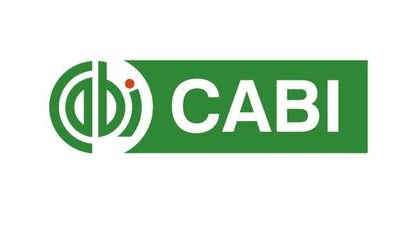THE INFLUENCE OF FREEZING ON THE CONTENT OF VITAMIN C, CHLOROPHYLLS AND CAROTENOIDS IN CHIVES (ALLIUM SCHOENOPRASUM L.)
Keywords:
chives, freezing, vitamin C, chlorophylls, carotenoids.Abstract
In this paper we analyzed the influence of freezing at -18°C for 4 months, for blanched and non- blanched chives (Allium schoenoprasum L.) on the content of ascorbic acid, chlorophylls and carotenoids. In the case of fresh chives, the vitamin C content (determined by iodometric method) was 56.48 mg/100g; for frozen non-blanched chives, were determined losses of 49.91% and for frozen blanched chives, losses of 15.88%. The total chlorophylls concentration (determined by spectrophotometry) in fresh chives was 268.15 µg/g, of which 205.00 µg/g chlorophyll “a†and 63.15 µg/g chlorophyll “bâ€, respectively. After the freezing treatment on the fresh chives there were determined losses of 18.95% from total chlorophylls, 18.27% chlorophyll “a†and 21.14% chlorophyll “bâ€. Freezing of the blanched chives has caused less loss of chlorophylls (9.58% loss of total chlorophylls) compared with the same treatment applied to fresh chives. The content of carotenoids determined by using spectrophotometric methods, revealed that fresh chives had 36.41 µg/g, and losses were of 31.86% for frozen non-blanched chives and of 16.97% for frozen blanched chives.
References
Dumbravă D.G., Moldovan C, Raba D-N, Popa
M-V, 2012, Comparative analysis of vitamin C content and antioxidant activity of some fruits extracts, Journal of Agroalimentary Processes and Technologies, 18(3), 223-228.
Dumbravă, D.G., Moldovan, C., Raba, D.N., Popa, V.M., Drugă, M., 2016, Evaluation of antioxidant activity, polyphenols and vitamin C content of some exotic fruits, Journal of agroalimentary Processes and Technologies,
(1), 13-16.
Evans, J.A., 2008, Frozen Food Science and Technology, Ed. by Judith A. Evans, Blackwell Publishing Ltd., 9-10.
Kmiecik, W., Lisiewska, Z., 1999, Effect of pretreatment and conditions and period of storage on some quality indices of frozen chive (Allium schoenoprasum L.), Food Chemistry,
(1), 61-66.
Parvu, A.E., Parvu, M., Vlase, L., Miclea, P., Mot, A.C., Silaghi-Dumitrescu, R., 2014, Anti-inflammatory effects of Allium schoenoprasum L., leaves, Journal of Physiology and Pharmacology, 65, 2, 309-315.
Poulsen, N., 1990, Onions and allied crops, Brewster, J.L., Rabinowich, H.D. Ed., Vol.III, CRC Press, Inc. Boca Raton, Florida, 231-250. Rattanachaikunsopon, P., Phumkhachorn, P.,
, Diallyl sulfide content and antimicrobial activity against food-borne pathogenic bacteria of chives (Allium schoenoprasum). Bioscience Biotechnology Biochemistry, 72, 2987-2991. Stajner, D., Popovic, B.M., Calic-Dragosavac, D., Malencic, D., Zdravkovic-Korac, S., 2011, Comparative study on Allium schoenoprasum cultivated plant and Allium schoenoprasum tissue culture organs antioxidant status. Phytother. Res. 25, 1618-1622.
Downloads
Published
Issue
Section
License
Please send the manuscript prepared with the MSWord Template, together with the Cover Letter to the editor-in-chief:
Dana Copolovici (e-mail: dana.copolovici@uav.ro)






